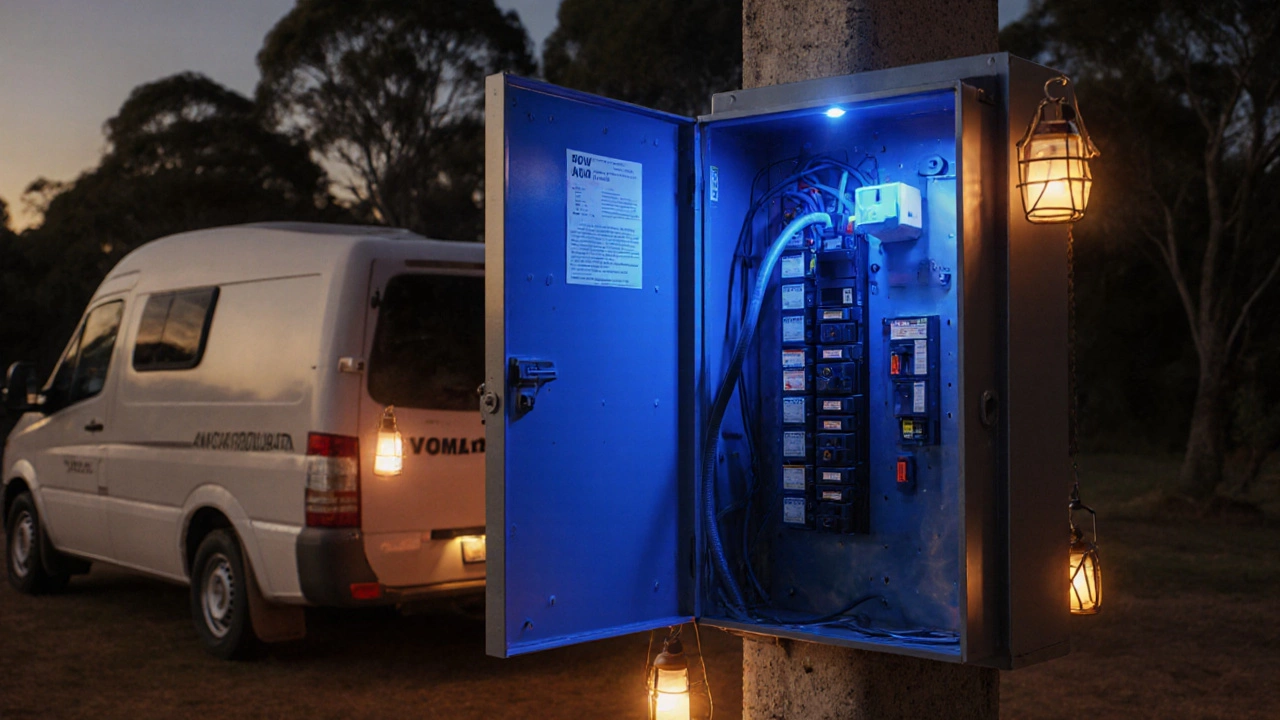Campsite Power Guide: Keeping Your Motorhome Charged on the Road
Campsite Power is the lifeline for any motorhome adventure. When you’re looking for reliable electricity at a site, you’ll soon discover that a good Campsite Power means having enough electricity to run lights, fridge, water pump and entertainment while you’re parked. Also known as Campsite Electricity, it includes solar panels, generators and battery packs. In plain terms, it’s the mix of tools and techniques that turn a quiet spot into a home‑on‑wheels. The guide encompasses three core ideas: capture, store and deliver energy. Understanding how these pieces fit together saves you from dead batteries, noisy generators or costly campsite fees.
Key Power Options for Every Traveller
First up, Solar Panels portable photovoltaic units that turn sunlight into 12‑V or 240‑V power are the greenest way to stay charged. A typical 200‑W panel can keep a fridge running, charge phones and even top up your house‑battery while you sip coffee on the deck. The trick is matching panel size to daily load – a simple spreadsheet can show you exactly how many watts you need. Remember, the sun isn’t always at its peak, so a little extra capacity buffers cloudy mornings.
When clouds roll in or you’re parked in a shady field, a Generator fuel‑driven engine that produces 120‑V or 240‑V electricity on demand becomes invaluable. Modern inverter generators run quietly, weigh less than 30 kg, and can supply up to 3 kW for power‑hungry appliances like microwaves. The guide highlights that generators influence campsite power stability by filling gaps when solar output dips. Choose a model with low decibel ratings and a fuel‑efficiency curve that matches your typical run‑time.
Even with sun and a generator, you still need a reliable Battery System deep‑cycle storage that holds energy for later use, often 12‑V or 24‑V. Lithium‑iron‑phosphate (LiFePO4) batteries have become the go‑to choice because they charge fast, last longer and stay lighter than traditional lead‑acid units. A well‑sized bank not only powers your lights and water pump at night but also smoothes out generator spikes, protecting delicate electronics. The guide explains that managing campsite power requires proper wiring, correct fuse ratings and a clear understanding of load‑in‑amp‑hours.
All three options—solar, generator and battery—work best when you plan your load list ahead of time. List every device, note its wattage, and calculate total daily consumption. From there, you can decide whether a single 200‑W panel plus a 100 Ah battery meets your needs, or if a hybrid setup with a 2‑kW generator is safer for longer trips. The guide also touches on ancillary tools like 12‑V power stations and voltage converters, which let you run a TV or laptop without overloading your system.
Below you’ll find practical articles that walk you through each option, from sizing a solar array to wiring a safe generator setup and choosing the right battery chemistry for the UK climate. Dive in and arm yourself with the knowledge to stay powered wherever the road takes you.
-
 VIEW POST
VIEW POSTHow Does Electricity Work at Campsites? A Practical Guide
Oct, 8 2025|0 CommentsLearn how campsite electricity works, from grid hookups and amperage to generators, solar backups, safety tips, and load management for a hassle‑free camping stay.